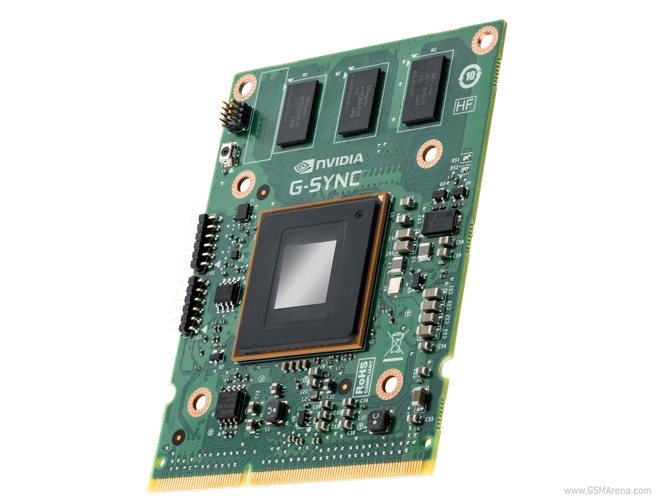If you’re a PC gamer (or just a geek in general), you may have heard of the term V-sync. It works by delaying the image frame update until the vertical blanking interval of the display, so that there is no overlapping of frames that leads to screen tearing. While this does eliminate screen tearing, it causes performance issues with low framerate and a jerky mouse response. This leads to most people choosing to keep it disabled to get higher framerate and response at reduced visual quality.

The problem today is that LCD monitors usually have a fixed panel refresh rate of 60Hz and unless the GPU is attaining anything other than 60fps, the result is less than ideal performance. Current V-sync technology makes the GPU run through hoops to match its speed with the display’s refresh rate. This is where NVIDIA’s G-SYNC comes in.
Unlike V-Sync, G-SYNC works by having a variable display refresh rate. Here, instead of delaying frames to match the display’s refresh rate, the display itself alters its refresh rate to whatever the GPU is sending (there is obviously a lower and higher limit to what the refresh rate can be for any given monitor). This means that the display is always in lockstep with the GPU, refreshing only when a new frame is sent. This perfect synchronization results in extremely smooth graphics, even if you are not exactly playing at insane framerates, with no visual artifacts.
No comments:
Post a Comment